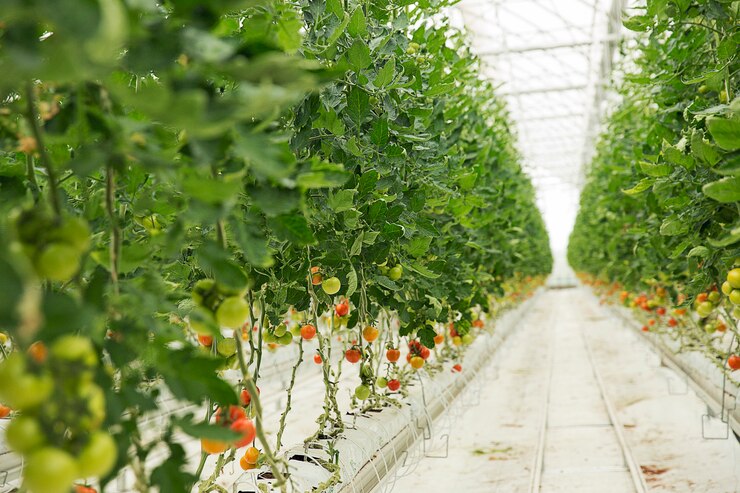In the quest for sustainable and efficient agricultural practices, vertical farming has emerged as a groundbreaking solution. This innovative approach to cultivation is changing the way we think about traditional farming methods. Let’s delve into the world of vertical farming, exploring its principles, benefits, and the future it holds for the agriculture industry.

Understanding Vertical Farming
Vertical farming is a method of growing crops in vertically stacked layers or inclined surfaces, often in controlled indoor environments. Unlike traditional horizontal farming, which relies on expansive land, vertical farming maximizes space by stacking crops upward. This approach leverages advancements in technology to create optimal growing conditions for plants.
Maximizing Space and Resources
One of the key advantages of vertical farming is its ability to make the most of limited space. With the world’s population steadily increasing, the demand for food is higher than ever. Vertical farming addresses this challenge by allowing cultivation in urban areas, reducing the need for vast expanses of farmland. It also minimizes transportation distances, contributing to a more sustainable and locally sourced food supply.
Controlled Environments: Precision Agriculture Indoors
Vertical farms utilize controlled environments that can be fine-tuned to meet the specific needs of crops. This includes regulating temperature, humidity, light, and nutrient levels. These precise conditions result in faster growth rates, higher yields, and the ability to cultivate crops year-round, regardless of external weather conditions.
Sustainability at its Core
Vertical farming embodies sustainability in multiple aspects. By minimizing the use of arable land, it helps preserve natural ecosystems. Additionally, the controlled environments reduce the need for pesticides and herbicides, promoting chemical-free cultivation. Efficient resource utilization, including water and energy, further contributes to the eco-friendly nature of vertical farming.
Crop Diversity and Urban Agriculture
The versatility of vertical farming extends to a wide variety of crops, from leafy greens and herbs to fruits and vegetables. This diversity allows farmers to cater to local market demands and experiment with different crops. The proximity of vertical farms to urban centers facilitates a more direct farm-to-table supply chain, reducing the environmental impact of transportation.
Technological Innovations: From AI to Hydroponics
The success of vertical farming is intertwined with technological advancements. Artificial intelligence (AI) is increasingly used to monitor and optimize growing conditions, while hydroponic and aeroponic systems replace traditional soil cultivation. These innovations enhance efficiency and contribute to the overall productivity of vertical farms.
The Future of Agriculture: Reaching New Heights
As vertical farming continues to gain momentum, its future appears promising. The ongoing integration of technology, coupled with a growing awareness of sustainability, positions vertical farming as a key player in the future of agriculture. With each tiered tower and indoor cultivation space, vertical farming stands as a testament to human ingenuity, offering a sustainable solution to feed our ever-expanding global population.
In conclusion, vertical farming represents a paradigm shift in agriculture, demonstrating that the sky’s the limit when it comes to cultivating the future of food. As technology evolves and awareness of sustainable practices grows, vertical farming is poised to play a crucial role in reshaping the landscape of agriculture, providing a blueprint for a more sustainable and resilient food production system.




